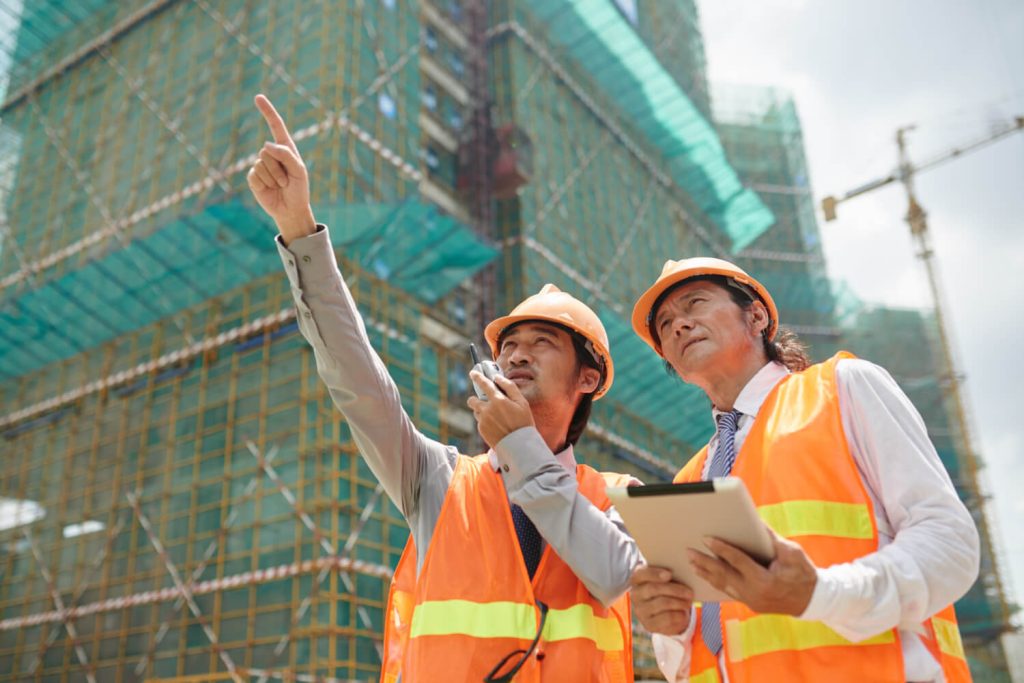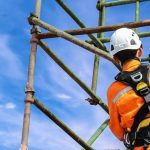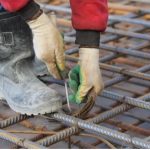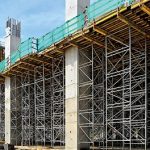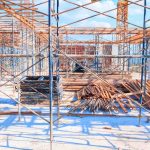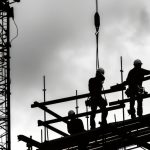In Malaysia, ensuring safety on construction sites is crucial, whether for building bungalows or repairing tall office blocks. Proper support systems are essential not only for safeguarding workers but also for maintaining the overall project schedule. This is where Sewa Scaffolding plays a vital role in providing the necessary support.
Choosing the right scaffolding can change the flow of your project. Some builders need stable platforms for heavy-duty work. Others require quick setups for lighter jobs. The right decision balances cost, safety, and ease of use.
Why Sewa Scaffolding Matters?
Sewa Scaffolding offers a flexible path for builders who don’t want to own equipment. In a place like Malaysia, where construction moves fast, renting scaffolding gives teams a chance to scale work without buying and storing steel frames.
Renting lets builders focus on their task, not on storing stacks of unused materials. It suits contractors who run multiple projects across different areas. With the right partner, they get clean, sturdy frames that arrive on time and leave once the job finishes.
Understand Different Types of Scaffolding
Not all scaffolding fits every job. A good match improves safety, keeps tasks on track, and helps the team work with confidence.
1. Tube and Coupler
- This older design still works well for uneven ground or complex structures. Builders use clamps to hold pipes in place. It gives control over shape and height. Teams working on bridges or custom builds often choose this type.
2. Frame Scaffolding
- Frame scaffolding suits straight walls and flat ground. Workers climb up safely while carrying tools and materials. Most construction scaffolding in cities uses this style because it’s simple to set up and move.
3. Mobile Scaffolding
- These have wheels. That makes them perfect for painters, electricians, and others who shift across surfaces indoors. They stay light and move quickly.
The type of scaffold affects time, labour, and safety. Choosing wrongly may lead to slow progress or increased risks.
Know When to Rent Instead of Buy
Not every project justifies buying. Many builders work on short jobs where owning gear only adds extra tasks. If your team often moves or handles smaller builds, renting works better.
Here are signs that affordable scaffolding rental fits your needs:
- You work on different sites each week.
- You need scaffolds for short periods.
- You avoid paying for storage space.
- You want to focus on work, not on equipment upkeep.
Owning works better when you handle long-term, repeat builds. But rental fits better for flexible teams who adapt to new tasks every month.
Key Benefits of Affordable Scaffolding Rental
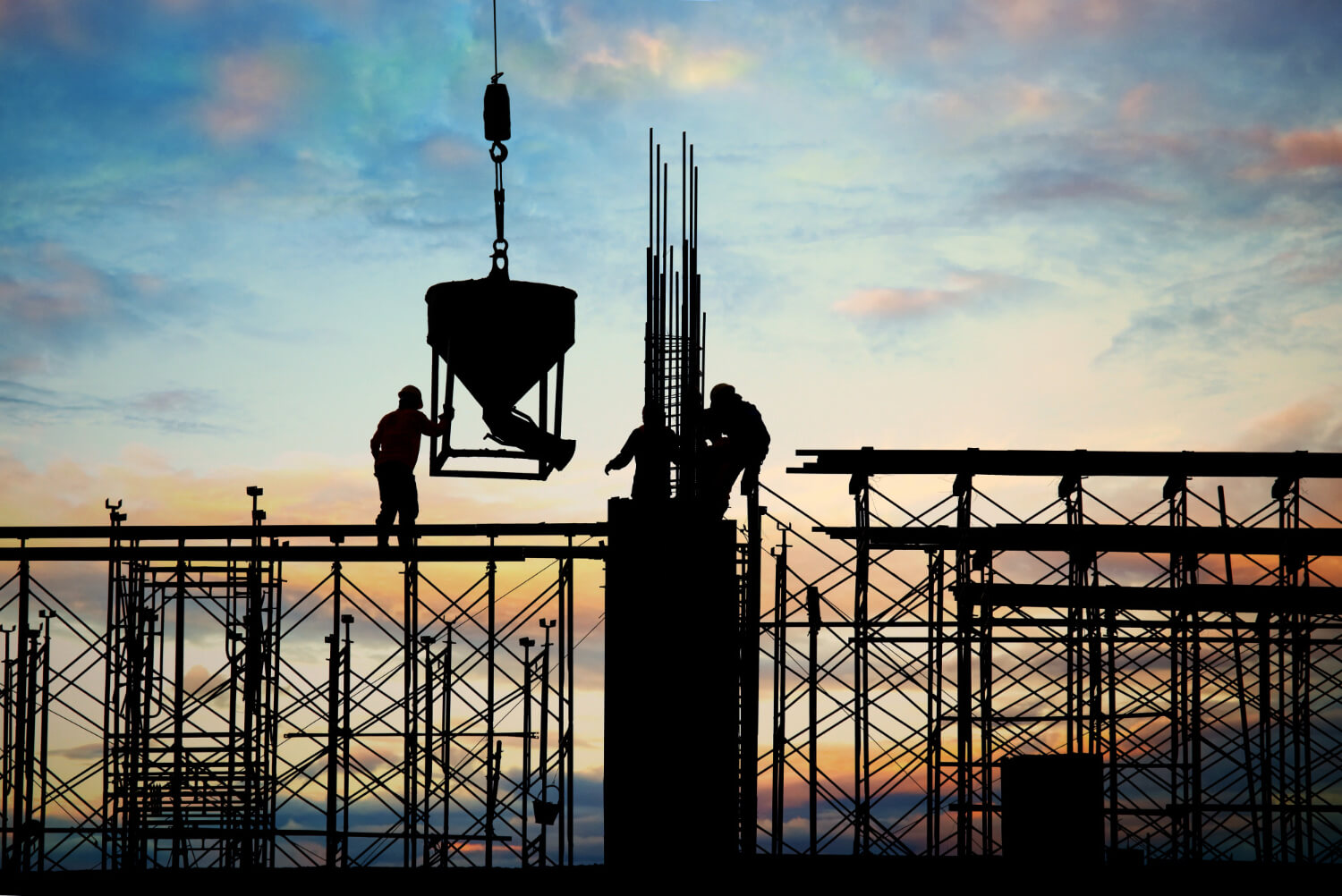
Scaffolding rental brings more than just gear. It lifts weight from your shoulders in other ways, too:
- Convenience – The scaffold arrives when you need it, and leaves when you don’t.
- No storage worries – You save space, especially in city areas where storage costs more than materials.
- Better upkeep – Rental scaffolds often come cleaned and checked for safety.
- Fewer repair jobs – You don’t spend time fixing broken parts. The rental firm swaps or fixes them before they reach your site.
These savings help builders focus on the structure, not on the tools that support it.
When Safety Leads the Way
Safety never takes a back seat on any site. No matter how simple the task, a strong scaffold protects lives. All scaffolds must meet national safety rules. Before work begins, supervisors must check the joints, footing, and base.
Whether renting or using your own, always check these points:
- Frames must stand on flat, solid ground.
- All connections must lock tightly.
- Platforms should stay free of oil, mud, or clutter.
- Guards and toe boards must stay in place when people climb.
Reliable rental companies in Malaysia, like Power Metal & Steel, follow these checks as part of their process. Still, you must walk around and inspect each part before you climb.
Difference between Buy Scaffolding vs Rent Scaffolding (Sewa Scaffolding)
To help builders decide between buying and renting, we’ve built a table that compares both options. This table works as a simple guide for small contractors, project managers, or site engineers.
Before you check it, think about how often you use scaffolds, where your jobs take place, and whether you want to manage equipment long term.
| Factor | Buy Scaffolding | Rent Scaffolding (Sewa Scaffolding) |
| Ownership | Permanent | Temporary |
| Maintenance | Your responsibility | Provided by the rental firm |
| Storage Required | Yes | No |
| Cost Over Time | Higher at first, lower later | Spread over use |
| Flexibility | Limited by what you own | High – adjust to each project |
| Transport | Arranged by you | Often handled by a rental provider |
This comparison highlights how rental suits quick-turnaround jobs, while ownership fits longer timelines.
Common Mistakes to Avoid
Renting helps you skip major pitfalls, but only if you avoid basic errors. These common mistakes slow down builds and may cause trouble:
- Choosing the wrong type – Always match the scaffold type with the task. Don’t use mobile types for outside walls, or heavy frame types for light interior work.
- Skipping inspection – Even when renting, check everything. Never skip a full check before the team steps up.
- Poor timing – Don’t delay booking until the last minute. Plan your scaffold needs at the start of the job.
Avoiding these helps the work stay smooth and on track.
Final Thoughts
Sewa Scaffolding supports construction teams who want strong, safe gear without the burden of ownership. It suits crews that move fast and work across changing tasks. By choosing building scaffolding that fits the job, they save time and reduce risk.
Whether you’re setting up platforms on a school site, a shop lot, or a flat block, rental scaffolding frees your team from long-term tasks like storage and repair. It lets you focus on what matters most — building safely and finishing well.
Before choosing, pause and check your needs. Match them with the scaffold type, the rental terms, and the company’s track record. When you plan well and choose wisely, your project stays firm from the ground up.
FAQ’s
FAQs
Sewa scaffolding simply means renting scaffold structures for short or long-term use in construction projects. It helps teams access heights safely without the need to buy or store equipment.
Renting works better for short-term, mobile projects where flexibility, safety checks, and zero storage needs matter most. Buying suits long-term involves using scaffolds regularly at fixed locations.
Costs vary based on scaffold type, rental period, and site location. Instead of fixed prices, most rental firms offer quotes tailored to your specific project’s size and needs.
